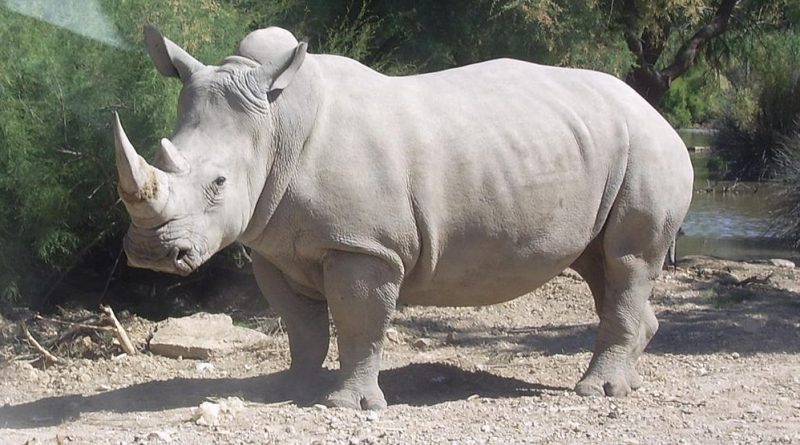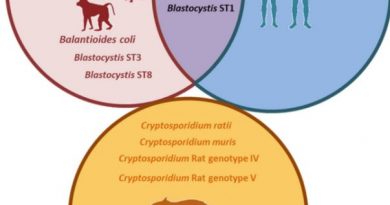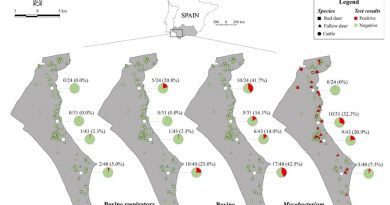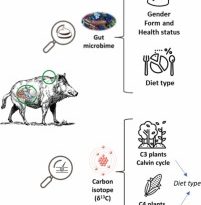Zoo animals as sentinels for Schmallenberg virus monitoring in Spain
Abstract
Schmallenberg virus (SBV) is a newly emerged vector-borne pathogen that affects many domestic and wild animal species. A serosurvey was carried out to assess SBV exposure in zoo animals in Spain and to determine the dynamics of seropositivity in longitudinally sampled individuals. Between 2002 and 2019, sera from 278 animals belonging to 73 different species were collected from five zoos (A–E). Thirty-one of these animals were longitudinally sampled at three of these zoo parks during the study period. Seropositivity was detected in 28 (10.1 %) of 278 animals analyzed by blocking ELISA. Specific anti-SBV antibodies were confirmed in 20 (7.2 %; 95 %CI: 4.2–10.3) animals of six different species using virus neutralization test (VNT). The multiple logistic regression model showed that “order” (Artiodactyla) and “zoo provenance” (zoo B; southern Spain) were risk factors potentially associated with SBV exposure. Two (8.7 %) of the 31 longitudinally-sampled individuals showed specific antibodies against SBV at all samplings whereas seroconversion was detected in one mouflon (Ovis aries musimon) and one Asian elephant (Elephas maximus) in 2016 and 2019, respectively. To the best of the author’s knowledge, this is the first surveillance conducted on SBV in zoos in Spain. The results confirm SBV exposure in zoo animals in this country and indicate circulation of the virus before the first Schmallenberg disease outbreak was reported in Spain. Surveillance in zoological parks could be a complementary approach to monitoring SBV activity. Further studies are warranted to assess the impact of this virus on the health status of susceptible zoo animals.




